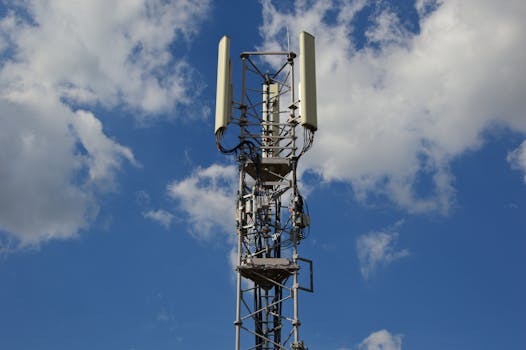GEO Satellites: Understanding the Technology and Applications
GEO satellites, or Geostationary Earth Orbit satellites, are a type of satellite that orbits the Earth at an altitude of approximately 36,000 kilometers, remaining stationary relative to a fixed point on the planet. This unique characteristic allows GEO satellites to provide continuous coverage of a specific region, making them ideal for a wide range of applications, including telecommunications, weather forecasting, and navigation.
The history of GEO satellites dates back to the 1960s, when the first geostationary satellite, Syncom 2, was launched by NASA. Since then, the technology has evolved significantly, with advancements in materials, propulsion systems, and instrumentation. Today, GEO satellites are a vital part of modern telecommunications, providing services such as television broadcasting, internet connectivity, and mobile communications.
One of the primary applications of GEO satellites is in the field of telecommunications. They are used to transmit television signals, providing coverage to a wide range of audiences around the world. GEO satellites are also used to provide internet connectivity, particularly in remote or underserved areas where traditional infrastructure is lacking. Additionally, they play a critical role in mobile communications, enabling the transmission of voice and data signals between different regions.
GEO satellites are also used in weather forecasting, providing vital data on atmospheric conditions, temperature, and humidity. This information is used to predict weather patterns, track storms, and issue warnings for severe weather events. Furthermore, GEO satellites are used in navigation, providing location information and timing signals for a wide range of applications, including aviation, maritime, and land transportation.
Despite the many benefits of GEO satellites, there are also challenges associated with their use. One of the primary concerns is the risk of collisions with other satellites or space debris. This can result in significant damage to the satellite and potentially even render it inoperable. Additionally, GEO satellites are vulnerable to interference from other satellites or terrestrial sources, which can disrupt their signals and impact their performance.
Another challenge facing GEO satellites is the issue of orbital congestion. As the number of satellites in orbit increases, the risk of collisions and interference also grows. This has led to concerns about the long-term sustainability of GEO satellites and the need for more effective management of orbital resources.
In conclusion, GEO satellites play a vital role in modern telecommunications, providing a wide range of services that are essential to modern life. While there are challenges associated with their use, the benefits of GEO satellites far outweigh the costs. As the technology continues to evolve, we can expect to see even more innovative applications of GEO satellites, from advanced weather forecasting to enhanced navigation and communication systems.

